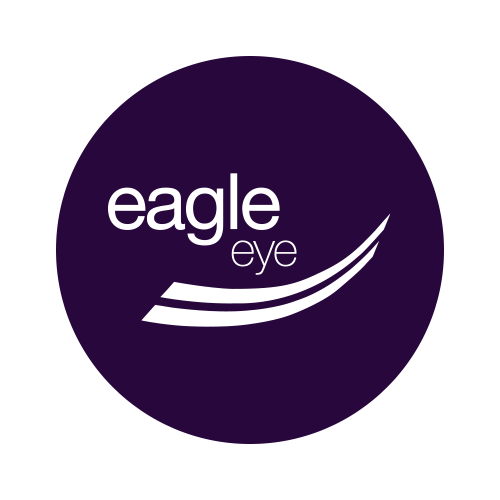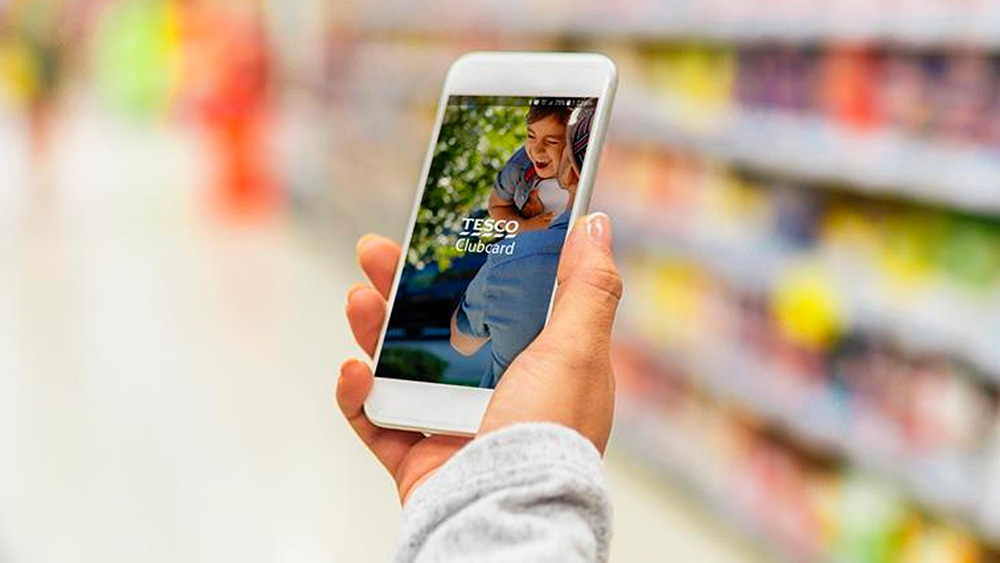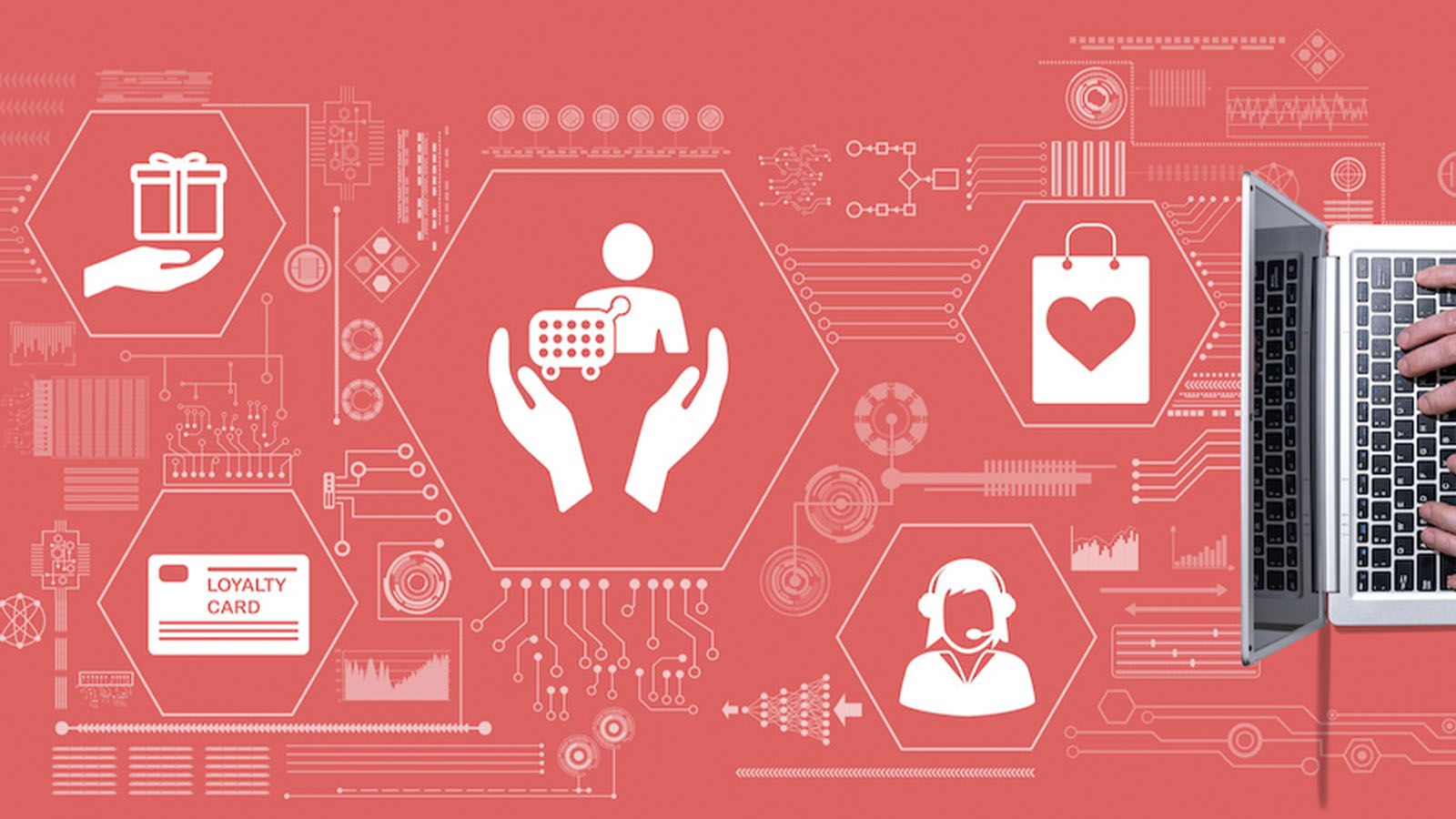1 min read
How Subscription Loyalty Programs Are Boosting Retention
Subscription-based loyalty programs are growing fast—learn how brands can use recurring benefits to improve retention, customer value, & brand engagement.
Get the latest insights, research and news delivered straight to your inbox.
Plus, enter to win the 2nd edition of Omnichannel Retail by Tim Mason & Sarah Jarvis!
No spam. We promise. 💜
Featured Case Study:
See how Eagle Eye helped Giant Eagle relaunch myPerks, delivering 25M+ personalized offers monthly and boosting loyalty program ROI.
Contact us to find out how we can enable your teams on our platform.

2 min read
 Eagle Eye
on
15 October, 2020
Eagle Eye
on
15 October, 2020

Most businesses would agree that their best customers account for the lion’s share of their sales. So, it seems strange that subscriptions have only now really begun to mature.
One subscription management platform that has tracked their rise since 2012 recently found that the ‘Subscription Economy’ has grown more than 450% in that time, alongside increased digitization.
In the UK, for example, this lucrative economy is now worth £323 million, with spending on digital and subscription services increasing 39.4% year-on-year this July, according to Barclaycard research.
Following Pret a Manger's lead, one in ten retailers launched their first sign-up service during lockdown, with a fifth looking to develop their subscription offering even as restrictions eased.
The catalytic impact of the pandemic has accelerated many technology-driven trends that were already changing consumer habits. The US saw ten years of e-commerce growth in three months.
So, it’s now easier than ever to build digital connections with customers and to use that connection to thank, understand, and serve them better. This used to be the preserve of loyalty schemes.
While the subscription model isn’t new, the game changed when Amazon introduced Prime in 2007, offering unlimited one-day delivery on millions of products bundled with music, films, and more.
The industry saw how a subscription membership model could act as a proxy for a loyalty scheme in delivering added value to your best customers. But it had the added benefit of recurring revenue.
Apple is the recurring revenue winner. Known for its mobile and PC devices, its App Store, iTunes, Apple Pay, and other software ecosystem revenues recently saw its market cap hit $2 trillion.
It took 42 years for Apple to reach $1tn and just two more to double that. In the five weeks from March, Netflix doubled its subscribers, and 26.8m subscribed to Disney+ at record speed.
Even online fashion retailer Asos caused a stir in 2018 when it abandoned its three-year-old loyalty scheme in favor of a pre-existing subscription delivery service that also helps offset fulfillment costs.
The ability to identify and pay via digital, combined with the predictability of fast or regular product or service delivery, means even traditional operators can capitalize on subscriptions in their physical locations.
One Eagle Eye client that recognized this was IMO Car Wash, which recently launched its IMO Wash Club subscription service to boost sales, incentivize frequency, and enhance customer engagement.
Now, just as this year unexpectedly boosted those who were already winning with digital, it has galvanised every customer-facing business to redouble their digital transformation efforts.
It has also reinforced that what matters in retail hasn’t changed. What has changed is consumers’ means of access via digital. They still look for value, convenience, expertise, and personal service.
Eagle Eye also found that value for money still tops the list of reasons consumers shop with a retailer or brand. However, they also actively seek promotions and want to be recognized for their repeat business.
Enter Walmart+ in the US and Loblaws’ PC Optimum Insiders in Canada, which aim to not only rival Amazon Prime and out-innovate it with the added benefits of their vast store and fuel networks.
Walmart’s omnichannel grocery proposition saw it capture more grocery orders than Amazon at the beginning of lockdown, which gives it a great base from which to grow its subscription membership.
Other grocers have also launched subscription delivery offerings, including Sobeys with its Voilà online delivery service in Canada or Woolworths’ Basic Box of essentials in Australia.
These developments prove that historical customer data collected from various physical and digital touchpoints can provide invaluable insight on how to grow customer lifetime value (CLV).
These businesses know that a successful subscription model depends not only on new customer acquisition but also on net retention and CLV growth. It can also reduce customer churn.
When research has found that 70% of subscription revenue on average comes from existing customers, it is easy to understand why subscription models are now really gaining traction.
To find out more about how Eagle Eye can help your business access the benefits of subscription services, as it has done for Pret a Manger, IMO Car Wash and Loblaws, please contact us.
Get the latest insights, research, and news delivered straight to your inbox.
Plus, enter to win the 2nd edition of Omnichannel Retail by Tim Mason & Sarah Jarvis!
No spam. We promise. 💜

1 min read
Subscription-based loyalty programs are growing fast—learn how brands can use recurring benefits to improve retention, customer value, & brand engagement.

1 min read
Discover how retail subscription models drive loyalty, personalization, and lifetime value—moving beyond revenue to build deeper customer relationships.

1 min read
Discover why putting customers first is the key to driving business success. Learn how empathy, value, and personalization build stronger loyalty.